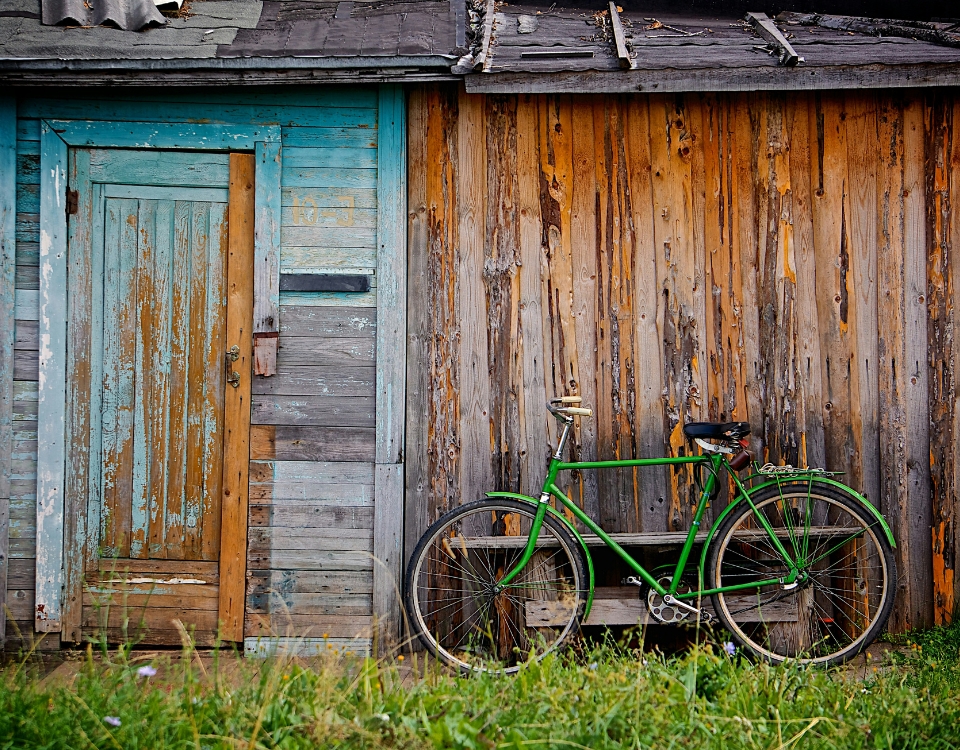
He-Shed, She-Shed: Throwing in Ideas for Your Shed?
February 11, 2022
Shed Light On Who Should Install Your Shed
March 29, 2022Key Takeaways:
Know Local Regulations:
Before installing a shed, check local zoning laws and homeowner association (HOA) rules to ensure compliance with height, location, and utility line safety.
Choose Between Store-Bought and Custom:
While store-bought sheds are convenient, custom sheds offer greater flexibility in design and materials to suit specific needs.
Consider Shed Size:
Opting for a slightly larger shed can provide valuable extra space that you might need later, preventing the issue of running out of storage space quickly.
Need extra storage space, and there is simply no way to add any inside the house? Maybe you want a room of peace to yourself, away from the kids, pets, and noise of daily activity? Whatever you might need, a new shed can deliver it. There’s no limit to what you can do with a shed, as it can simply house your outdoor garden equipment, or you can transform it into a sports bar, art studio, or anything else you might want. Before you decide to invest in a shed and plop one down, there are some things you need to know about buying a shed and installation practices.
Determining Location Requirements
Before putting any kind of new building or construction on your property, you first need to make sure you’re able to do so. The city you’re in will have some city guidelines you need to follow. Contact the local governing entity for info on the correct department that oversees Utility Building and additional Residential Building construction.
Each county or city might have different requirements that need to be met when installing a new shed, An example would be – specifics regarding how close the shed can be to a property line and potentially how tall it can be. Remember, to have the city or sometimes state/county service, come out and mark the utility lines in the backyard, as you don’t want to have the shed installed over a utility line in the yard.
If you are part of a homeowner’s association, you’ll need to check with them as well. The HOA will have more specific requirements for what can and cannot be put into your yard than the city. They may follow the same rules, or their rules might be stricter. In some instances, they might need to give the go-ahead on a design, or some especially strict HOAs prevent it altogether. It’s always best to check with the HOA (if you’re part of one) to determine whether this is the best course of action for you and what requirements there are.
Deciding Between Store Bought and Custom
Now that you know where a shed can be installed on your property, you need to decide whether to go with a store-bought or custom option. Store-bought options are easy enough, as all the material you need is in a single package. Of course, you will pay for this convenience. If you were to purchase the material separately, you would save money. And even with a store-bought shed, you will have limited options, so if you want it to match the facade of your home or you want to add certain internal features (like insulation or run a utility line to the shed) that will likely not be an option, you can add to what you buy ready-packaged at a home improvement store.
With a custom shed, you can have a company like Barnyard Utility Buildings design a shed specifically for you- also with the correct materials. Want windows, storage lofts, and a metal roof? Yes, you can also add extra-wide doors. A custom shed can be built to best fit your needs.
How Big Is Right?
You may not be thinking about the size of your shed at first, but it is an important question. In general, it’s almost always better to go bigger than smaller with a shed. You’d be surprised as to how quickly the space is taken up, and once the space is up in your shed, there’s not much you can do. A few extra cubic feet might be all the difference, so if you have the space, by all means, opt for the larger shed.
Free Up Valuable Home Space
One of the biggest perks you can expect to take advantage of after installing a shed is freeing up valuable space inside the house. Even if you are only putting the lawnmower and outdoor tools into the shed, this is space you’re freeing up from the garage. It’ll be easier to park your car, and you might even be able to finally fit a second car in the garage.
Perhaps you decide to move the holiday decorations out of the house and put them into the shed, or maybe you take the small room you’ve been using as an art studio and move it all down to the shed. Not only will you have more room in the shed (and slightly better lighting), but you’ll free up that space from inside the house. Now you’ll be able to decide what to do with that extra space you’ve cleared out inside of the home.
It’s rather amazing what you can do with a shed. Whether you decide to turn it into an outdoor area that you can enjoy throughout the year or a new room for added storage, there isn’t a limit to what you can do with the space, and it may even add value to your property.
Help With All Things Shed
Would you care for help with your shed installation? Maybe you can’t figure out what sort of city and HOA requirements there are for new construction on your property. There’s plenty of investigating you will need to do to figure out if a shed can be installed, and once you have all of that information, you still need to begin the process of preparing the property and constructing the shed.
Barnyard Utility Buildings is here to help you with any questions you might have and assist with the entire purchase, design, and installation process. So if you want to have an expertly designed shed that meets all of your specific needs, you’re a single phone call away from getting the ball rolling. Give the utility building professionals a call today, and you’ll be right on your way to installing a brand new shed in your backyard.
Proudly serving customers across North and South Carolina including Huntersville, NC, Kannapolis, NC, Rock Hill, SC, Spartanburg, SC and beyond!




